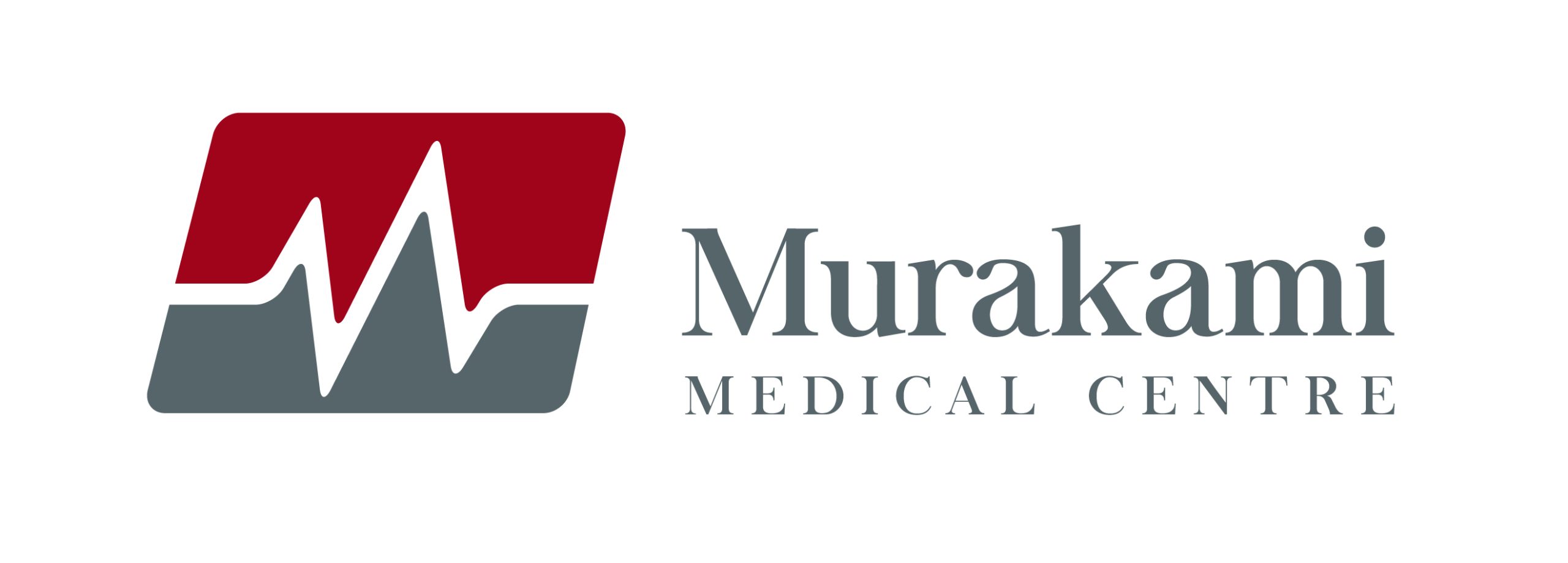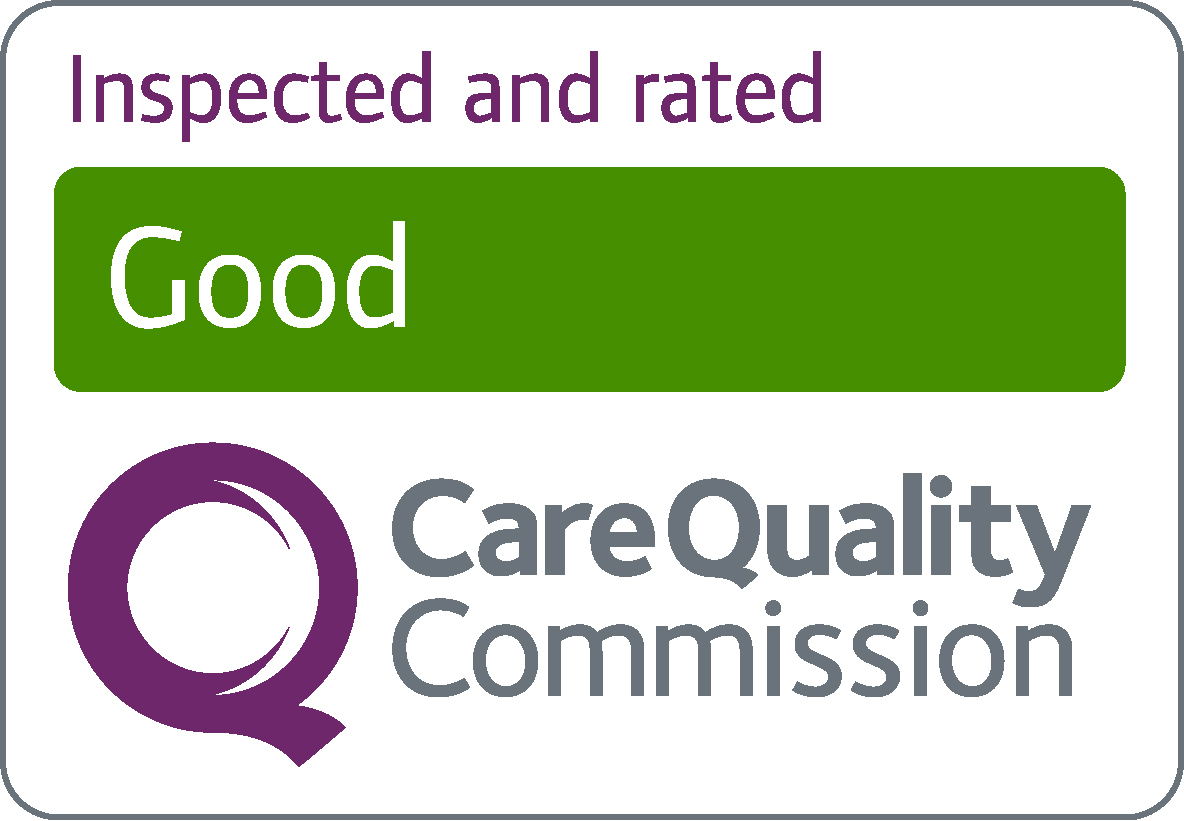7 Craven Park Road, Harlesden, London, NW10 8SE
Telephone: 020 8961 1117 / 07484 531 912
We are open. How can we be of assistance?
Botulinum toxin injections for axillary hyperhidrosis
Botulinum toxin type A is a natural protein made by a specific bacterium called Clostridium botulinum. The protein is removed from the bacteria and then specially prepared before use. It is an injectable muscle relaxant, commonly known by one of its trademarked brand names, BOTOX®.
Botox® has been available for over 20 years and is now used widely to treat various medical problems, such as hyperhidrosis.
Hyperhidrosis is defined as excessive, uncontrollable sweating without any discernible cause. It most commonly involves the axillae, palms, and soles.
Increased sweating is a normal response to a rise in body temperature, and to emotions such as anxiety. Sweating is controlled by the brain, which sends signals along nerves called “sympathetic nerves” to the small sweat glands in the skin.
Visible sweat, wet clothes and clammy palms can be embarrassing and can interfere with work and personal relationships.
When small doses are injected into the skin, it blocks the signals from the nervous system that supply the sweat glands. It does this by stopping the release of a chemical called acetylcholine. This results in the reduction of sweating.
How long will the Botox work for?
In hyperhidrosis, Botox helps to stop or significantly reduce the symptoms. This will usually happen within two weeks of treatment, and the effects may last between two to six months, although some patients may continue to benefit for 12 months, and the treatment can be repeated.
When the Botox® wears off, your condition will return to its previous state – it will not worsen, and there is no permanent effect.
How effective is the treatment?
The treatment is effective at reducing sweating for most people with axillary hyperhidrosis. The effects of the Botox® should be evident within five to ten days after the treatment. However, 5-10% (between 1 in 20 and 1 in 10) of patients report no improvement.
What happens during the procedure?
The areas that require treatment will be cleaned and marked with a surgical marker. An anaesthetic cream may be applied to numb the area before the procedure.
The exact number of injections needed varies from person to person, but on average, 25 to 30 small injections of Botox® per armpit are administered a few centimetres apart. The whole procedure usually takes around 30 minutes. Some discomfort is normal.
What happens during the procedure?
You should keep the area clean and try not to rub the injection sites for the first 24 hours, which may affect how well the treatment works. Avoid exposure to extreme heat and avoid exercise for 48 hours after the treatment.
Common side effects include:
- Temporary pain where the injections have been given.
- Some bumps appear where the injections have been given. These will disappear within a few hours.
- Bruising, swelling and redness at the site of the injections.
- Some people experience flu-like symptoms or experience tiredness or heaviness in the arms, which usually resolves within a few days.
- There is a small risk of a skin infection.
- Some people also experience compensatory sweating, which is when the armpits successfully stop sweating, but other areas of the body sweat more. This will stop as the Botox® wears off. It is not possible to predict if this will happen to you or where on your body this might occur.
- Rarely, allergic reactions can occur.
You should not receive treatment with Botox® if:
- You have had an allergic reaction to botulinum toxin type A in the past.
- You have an infection in or around any area to be injected.
- You have a febrile illness (a fever).
- You are pregnant or breastfeeding.
- You have a medical condition that may interfere with neuromuscular function, such as myasthenia gravis, Eaton-Lambert syndrome or amyotrophic lateral sclerosis.
- You are taking certain antibiotics (aminoglycosides, such as neomycin, gentamicin, streptomycin and kanamycin) or use any drugs as muscle relaxants
- You have any bleeding disorder or are taking anticoagulant drugs
Where can I get more information?
Web links to detailed leaflets:
Links to patient support groups:
- Hyperhidrosis Support Group (UK)
- International Hyperhidrosis Society (USA)
- Sweat Help


